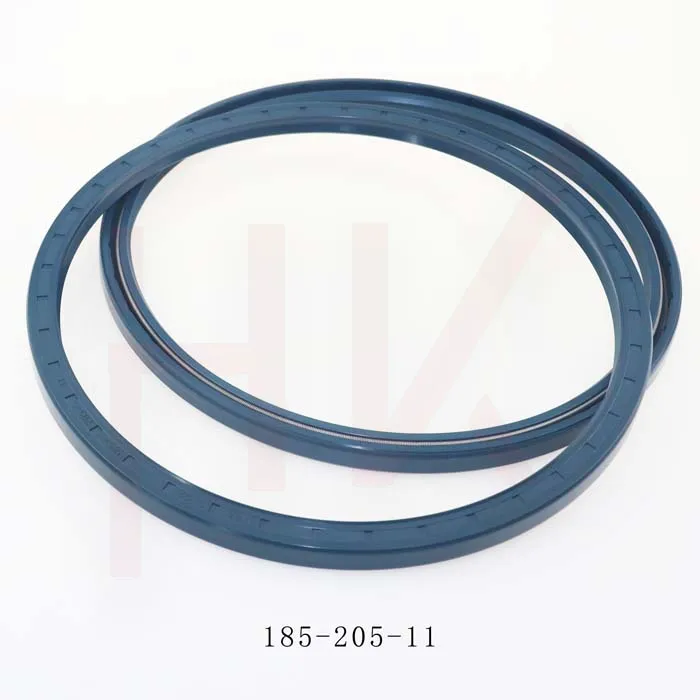تشرینی دووەم . 21, 2024 23:09 Back to list
dust seal vs oil seal
Dust Seal vs. Oil Seal Understanding the Differences and Applications
When it comes to machinery and equipment, seals play a crucial role in ensuring optimal performance and longevity. Two common types of seals are dust seals and oil seals, each designed for specific purposes and environments. Understanding the differences between these seals can help in selecting the appropriate one for your machinery needs.
What is a Dust Seal?
A dust seal is primarily designed to prevent the ingress of contaminants such as dirt, dust, and debris into the internal components of equipment. These seals are critical in applications where exposure to external environments could lead to severe wear and tear. Dust seals are typically made from materials that are resistant to environmental elements, such as rubber or silicone, ensuring durability and effectiveness. They are often used in outdoor machinery, agricultural equipment, and vehicles that operate in dusty or harsh conditions.
What is an Oil Seal?
On the other hand, an oil seal is specifically designed to retain lubricants within a system while preventing leakage. These seals are essential in applications where lubricants like oil are used to reduce friction between moving parts. Oil seals are engineered to handle specific pressure and temperature conditions, making them ideal for engines, gearboxes, and hydraulic systems. The materials used for oil seals can vary, ranging from rubber to thermoplastic, depending on the application requirements such as chemical resistance and temperature tolerance.
dust seal vs oil seal

Key Differences
The primary difference between dust seals and oil seals lies in their intended purpose. Dust seals focus on preventing contaminants from entering, while oil seals are geared towards containing lubricants. Additionally, their design features differ. Dust seals typically have a broader lip and are often less complex, while oil seals may incorporate several design elements to accommodate pressure and ensure a proper fit in dynamic applications.
Moreover, the environments in which these seals operate also influence their design and materials. Dust seals need to be robust to withstand abrasive particles without failing, while oil seals must be capable of maintaining a tight seal under varying pressures and temperatures.
Application Considerations
When selecting between a dust seal and an oil seal, it's essential to consider the specific application requirements. If the equipment operates in a dusty environment but does not use significant amounts of oil, a dust seal may suffice. Conversely, if the machinery relies on oil lubricants, then an oil seal is necessary to prevent leakage and ensure the efficient operation of moving parts.
In conclusion, both dust seals and oil seals play significant roles in maintaining the performance and longevity of machinery. Understanding their differences and applications can lead to better maintenance practices and ultimately enhance the efficiency and lifespan of equipment. Making the right choice between the two seals can mean the difference between smooth operation and costly repairs.
-
The Trans-formative Journey of Wheel Hub Oil Seals
NewsJun.06,2025
-
Graphene-Enhanced Oil Seals: Revolutionizing High-Pressure Oil Sealing
NewsJun.06,2025
-
Future of Hydraulic Sealing: Advanced Intelligent TCN Oil Seals
NewsJun.06,2025
-
Don’t Let a Broken TCV Oil Seal Ruin Your Day
NewsJun.06,2025
-
Bio-Inspired Dust Seals for Better Sealing Performance
NewsJun.06,2025
-
Biodegradable and Sustainable Hydraulic Seal Materials
NewsJun.06,2025
-
Top Oil Seal Solutions for Your Industrial Needs
NewsMay.22,2025
Products categories
















